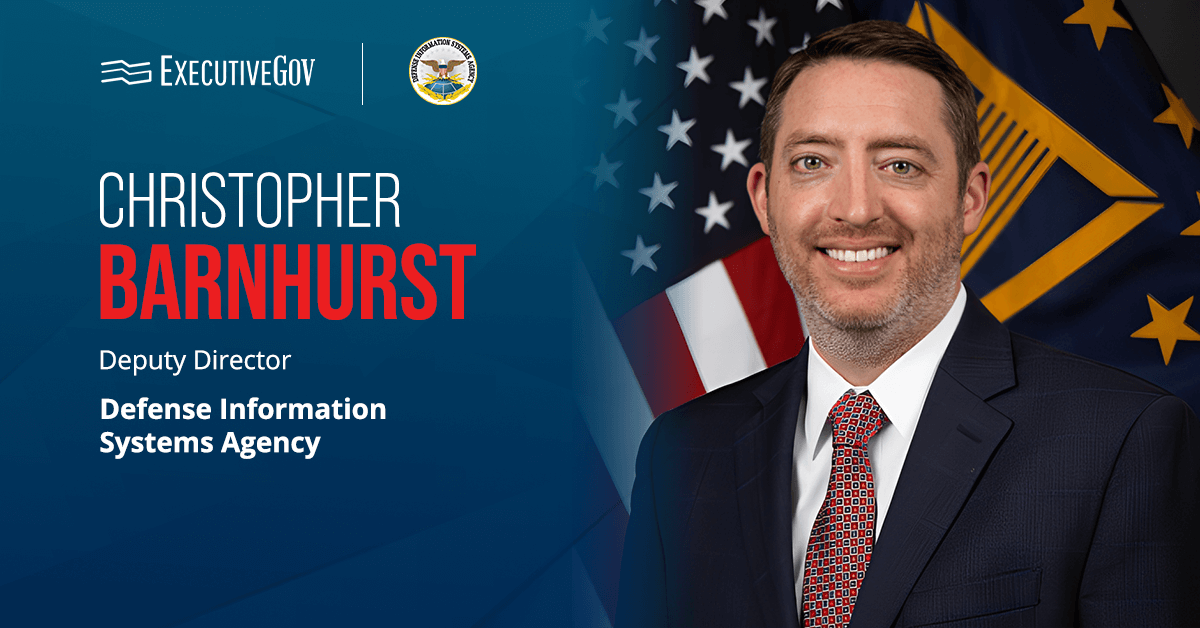The House Energy and Commerce Committee’s budget reconciliation text, which is set to be marked up on Tuesday, includes $500 million in funding for the Department of Commerce to support the modernization of federal IT systems and advance the adoption of artificial intelligence models to improve operational efficiency and service delivery.
The committee said Sunday the funding will also enable the department to improve the cybersecurity posture of federal IT systems through automated threat detection and adoption of modernized architecture and integrated AI platforms.
Commerce would be able to use the appropriated funds to modernize and secure federal IT systems and deploy AI and automation technologies through the end of September 2035.
AI State Law Enforcement Prohibited
Nextgov/FCW reported that the text includes a moratorium on the enforcement of state-level laws and regulations related to AI systems.
According to the document, subsection (c) stipulates that “no state or political subdivision may enforce any law or regulation” related to AI models and systems or automated decision platforms during the 10-year period.
“A moratorium on new AI regulations will give this market time to grow and ensure American AI innovators can invest and compete against China and the rest of the world,” Adam Thierer, a senior research fellow at the think tank R Street Institute, said in a statement to Nextgov/FCW.













